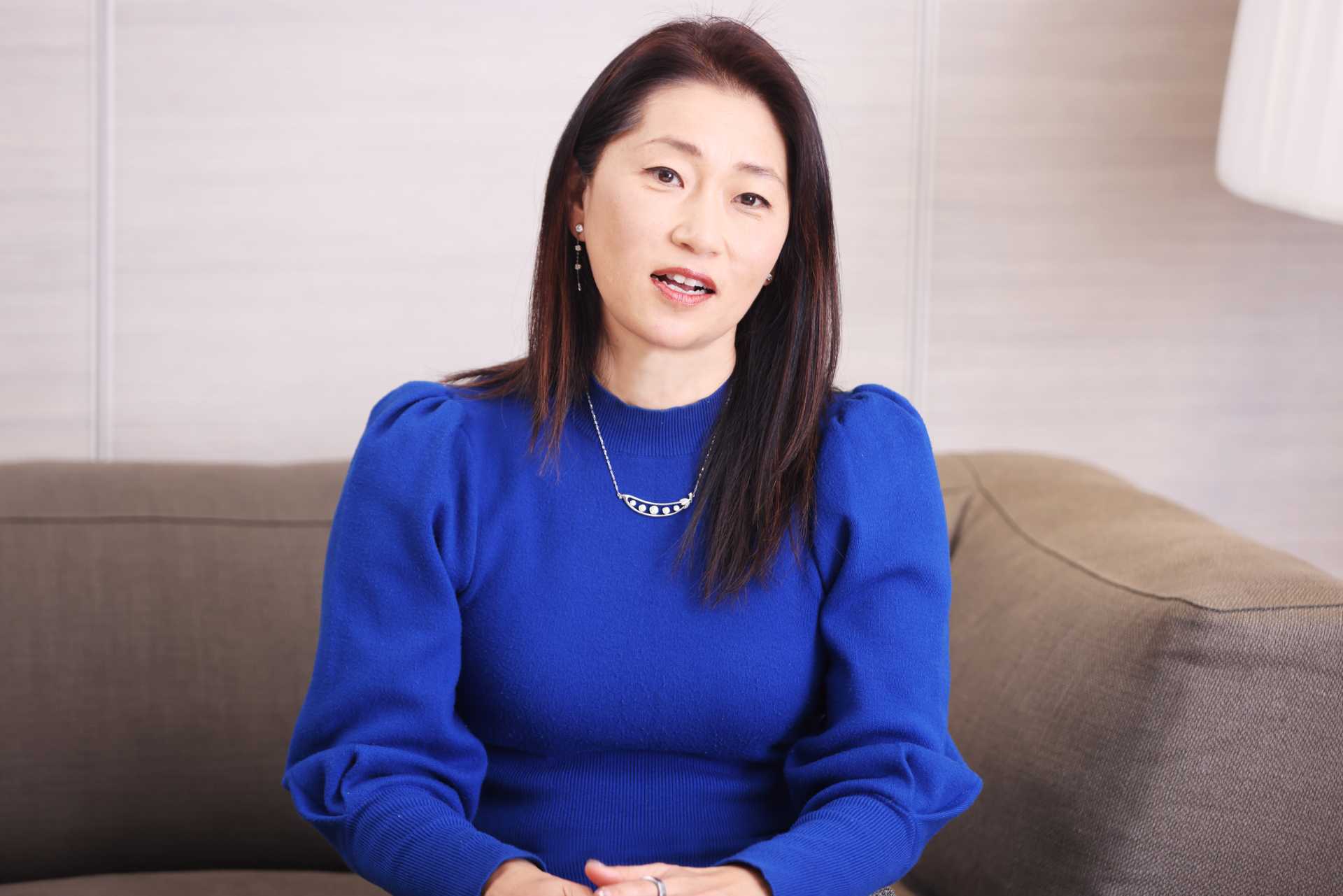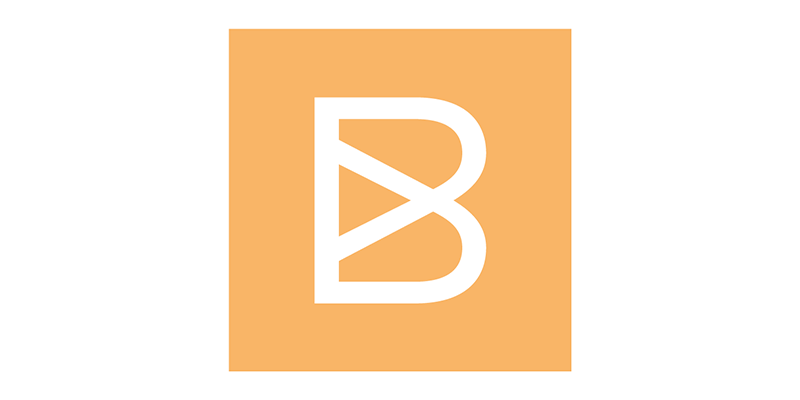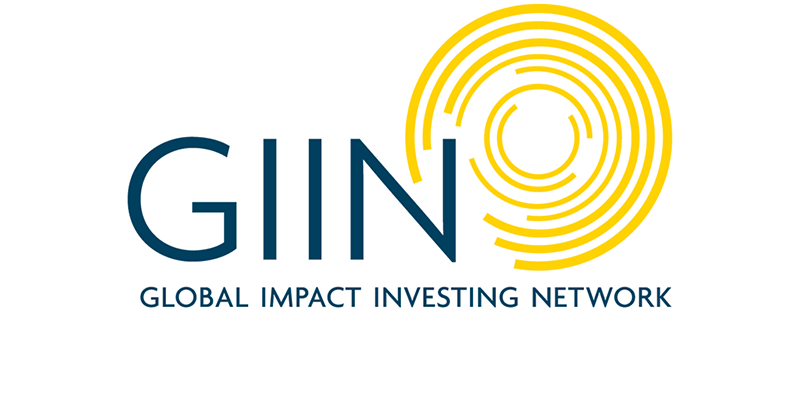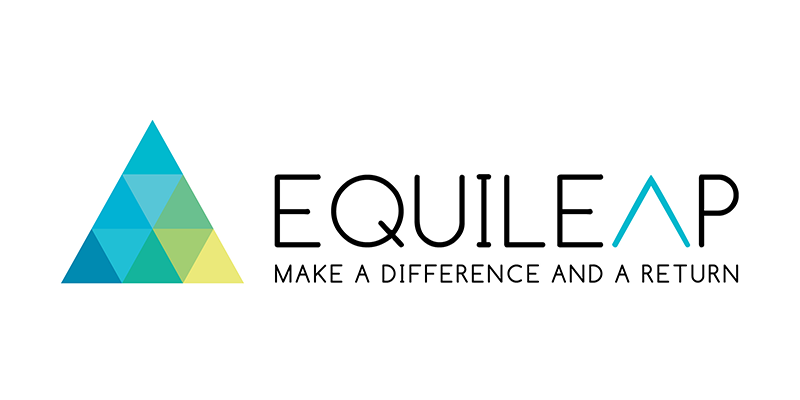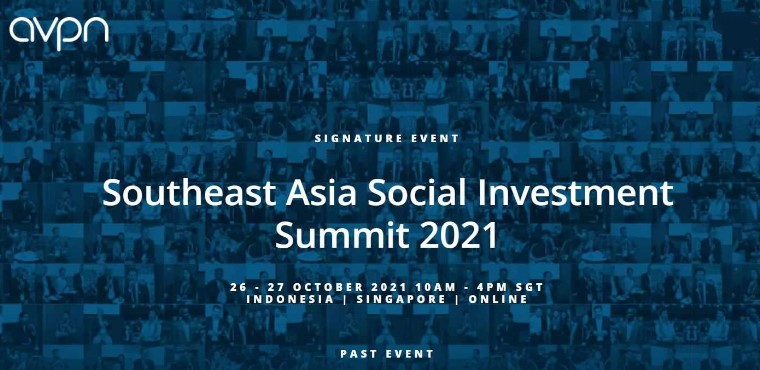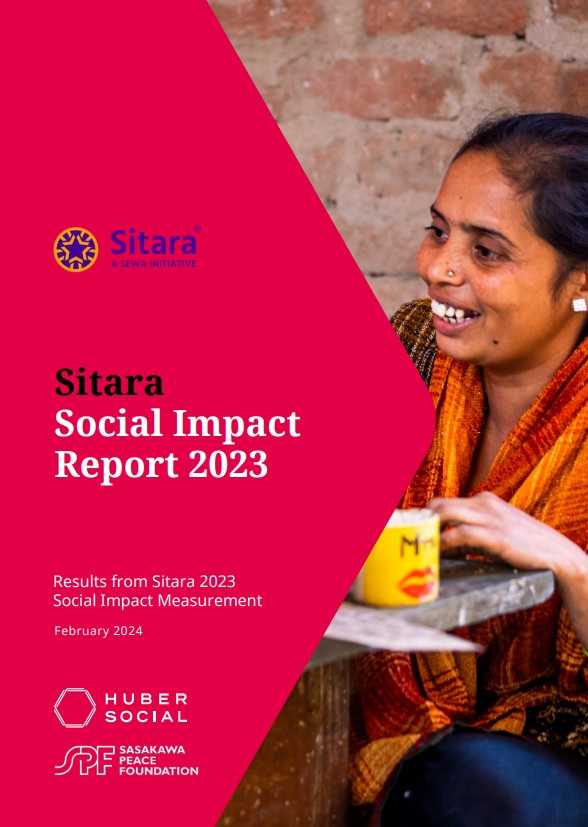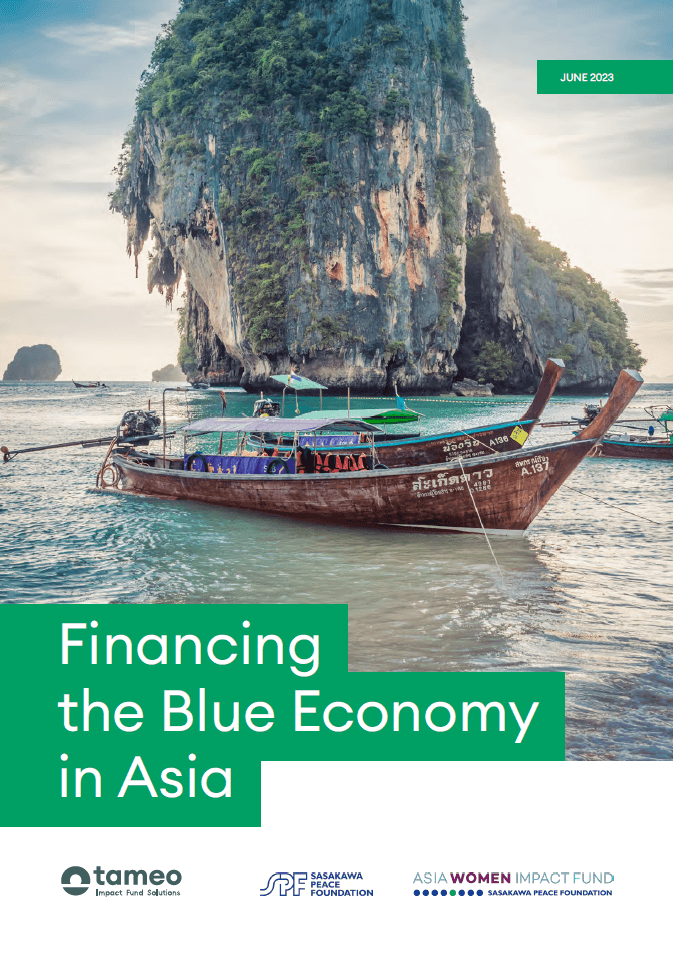Gender Lens Investing (GLI) is a method that seeks to improve corporate, social, environmental, and investment outcomes by intentionally incorporating a gender perspective into the decision-making process. Incorporating a gender perspective will assist in mitigating risks, capturing opportunities, and investing more resources in women-led enterprises that bring value to women. To date, studies have shown that investing in women is not only beneficial to society, but also profitable.
Women have lower work participation and salaries than men, and women entrepreneurs lack access to the financing they need to grow their businesses (UN Women). However, women invest more of their money in their families and children as compared to men. Therefore investing in them has a social impact. (International Finance Corporation)
”For companies tasked with understanding female consumers, having women among the firm's innovators improves the likelihood of success by 144 percent.” (Center for Talent Innovation)
If gender biases such as the wage gap between men and women, disparities in access to finance and employment opportunities, social participation are eliminated and gender equality in labor is achieved, global GDP is expected to increase by approximately US$28 trillion by 2025 (McKinsey Global Institute).
With a total Assets Under Management (AUM) of US$7.7 billion, there are at least 192 gender investment products in operation that aim to expand financial access for women and women-owned companies, promote gender equality, and contribute to regional economic growth (according to SPF's Gender Lens Investing Landscape report released in July 2020). This is a 61% increase compared to US$4.8 billion in 2018.
Growth was driven by private market funds, which, according to the Wharton Social Impact Initiative's Project Sage 3.0 report released in July 2020, raised $4.8 billion in total capital for private market gender investment funds, more than double the $2.2 billion raised in the previous year of the same report (Project Sage 3.0; note that the report data is as of December 31, 2019, derived from an online survey conducted in March 2020). Furthermore, the number of gender investment products in the private sector identified in the Project Sage .3.0 report was 138, up 58.6% from 87 in the previous year's report and 138 percent from 58 in 2017.
According to our research on economic empowerment for women, “entrepreneurship” accounts for the largest share of women's occupations in Southeast Asia. In addition, women's growing economic power has contributed significantly to national and regional economic growth, with women's Small and Medium-sized Enterprises (SMEs) accounting for 30-53% of Southeast Asia's GDP. On the other side, we observed that access to fund is a key challenge for women entrepreneurs in Asia.
In response, the Sasakawa Peace Foundation established the Asia Women Impact Fund (AWIF) in 2017 to promote gender equality and support women and women entrepreneurs in Southeast Asia. With its investments that could amount up to 100 million USD, AWIF hopes to realize both financial returns and solutions to gender issues as Asia's first foundation and Japan's first gender investment fund.


